If you enjoyed the gripping wartime thriller 'Hangmen Also Die!' (1943), you're likely searching for more films that blend suspense, historical drama, and resistance narratives. This article highlights 10 similar movies and shows that capture the same tension, moral dilemmas, and heroic defiance against oppression. Whether you're a fan of noir aesthetics, World War II resistance stories, or Fritz Lang's masterful direction, these recommendations will keep you on the edge of your seat.
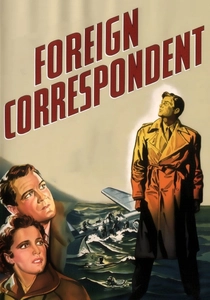
Foreign Correspondent (1940)
Description: A pre-war espionage thriller with international intrigue, daring escapes, and a race against time to prevent global catastrophe, featuring inventive set pieces.
Fact: The film's windmill sequence was so realistic that military officials questioned how the filmmakers obtained such accurate information. It was nominated for Best Picture the year it was released.
 Watch Now
Watch Now 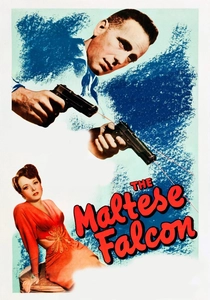
The Maltese Falcon (1941)
Description: A quintessential hardboiled detective story filled with complex characters, double-crosses, and a central mystery involving a coveted artifact, all delivered with sharp, cynical dialogue.
Fact: This was the third film adaptation of Dashiell Hammett's novel, but the first to use the original novel's ending. The falcon prop used in the film was rediscovered in 2013 and authenticated.
 Watch Now
Watch Now 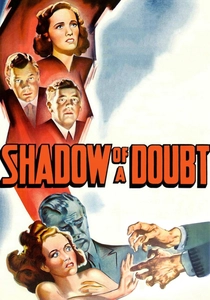
Shadow of a Doubt (1943)
Description: A psychological thriller about dark secrets in small-town America, exploring the duality of human nature and the evil that can lurk beneath a charming facade.
Fact: This was reportedly the director's personal favorite of his own films. The screenplay was co-written by Thornton Wilder, author of 'Our Town'.
 Watch Now
Watch Now 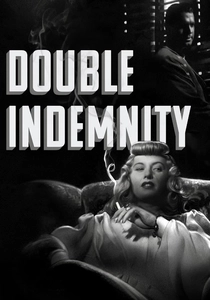
Double Indemnity (1944)
Description: A classic film noir about an insurance scam gone wrong, featuring themes of greed, manipulation, and inevitable downfall, told through flashback narration.
Fact: The screenplay was co-written by Raymond Chandler, who reportedly didn't get along with director Billy Wilder. The film was groundbreaking for its use of voice-over narration and non-linear storytelling.
 Watch Now
Watch Now 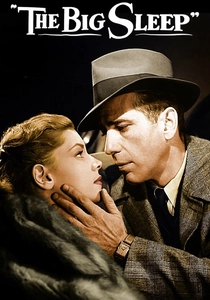
The Big Sleep (1946)
Description: A labyrinthine detective story filled with rapid-fire dialogue, mysterious women, and a plot so complex even the author claimed not to know who committed one murder.
Fact: The film was shot during World War II but released afterward due to delays. The famous
 Watch Now
Watch Now 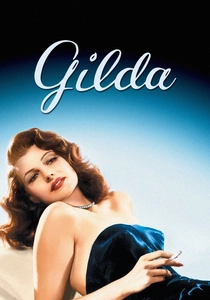
Gilda (1946)
Description: A steamy noir melodrama set in a Buenos Aires casino, featuring themes of obsession, revenge, and dangerous sexual tension between former lovers.
Fact: The famous 'Put the Blame on Mame' musical number was nearly cut by censors. The film made its star an overnight sensation and created one of cinema's most iconic femme fatales.
 Watch Now
Watch Now 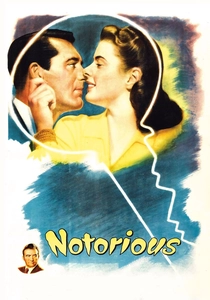
Notorious (1946)
Description: A suspenseful espionage tale with a strong female lead, exploring themes of loyalty, deception, and the psychological toll of undercover work, set against a backdrop of international intrigue.
Fact: The film features one of the longest uninterrupted kisses in cinema history at the time, cleverly edited to comply with the Hays Code's restrictions. The wine cellar scene is considered a masterclass in tension-building.
 Watch Now
Watch Now 
The Stranger (1946)
Description: A post-war thriller about a Nazi war criminal hiding in small-town America, dealing with themes of identity, justice, and the banality of evil.
Fact: This was the only film where the director acted in a major role. The clock tower sequence was filmed using a real working clock mechanism.
 Watch Now
Watch Now 
The Lady from Shanghai (1947)
Description: A visually stunning noir with a convoluted plot involving a love triangle, murder, and a famously surreal hall of mirrors climax.
Fact: The famous funhouse sequence took three weeks to film and used real mirrors rather than process shots. The lead actress's voice was dubbed in post-production due to her strong accent.
 Watch Now
Watch Now 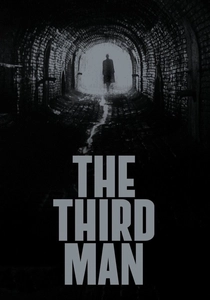
The Third Man (1949)
Description: A noir thriller set in post-war Europe, featuring themes of betrayal, moral ambiguity, and shadowy underworld dealings, with a visually striking use of light and shadow.
Fact: The film's iconic zither score was composed by Anton Karas, a musician discovered playing in a Vienna wine bar. The famous Ferris wheel scene was shot in Vienna's Prater amusement park.
 Watch Now
Watch Now 








